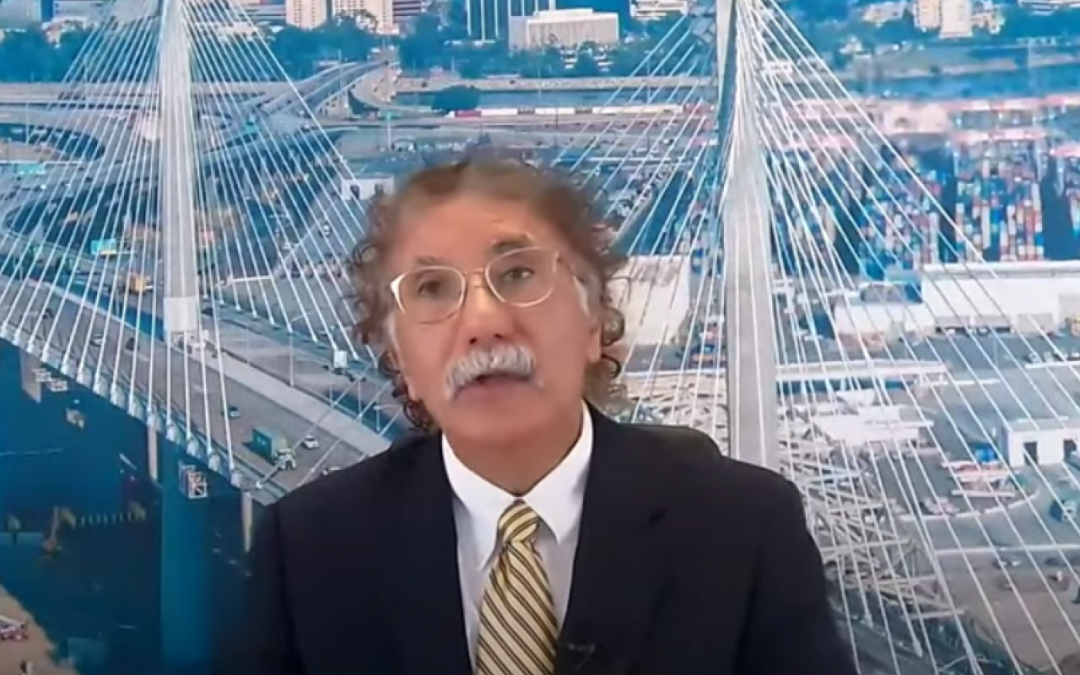A meeting of the Coast Guard and Maritime Transportation Sub-committee saw the issues of stevedores as key workers for vaccinations, queues of container ships on the US West Coast, and the country’s shipyards in focus.
In the ongoing season of political debuts, the sub-committee within the House Committee on Transportation and Infrastructure, of the US House of Representatives, held its first meeting of the newly inaugurated 117th Congress.
The two-hour session, titled “State of the US Maritime Industry: Impacts of the Covid-19 Pandemic”, with the new chairperson, California representative Salud Carbajal, a Democrat, at the helm, was wide ranging. Topics under discussion included the Jones Act shipbuilding – notably regarding US flag vessels trading internationally, U.S. trade policy, and port issues
The hearing’s timing is not accidental; included in the National Defense Authorization Act (of Fiscal 2021)- which came into law, with the Senate over-riding a Trump veto, on 1 January 2021 is the newly created Maritime Transportation System Emergency Relief Program (MTSERP). At this juncture, efforts to aid the maritime industry, including both shoreside and onboard activities, must now be funded.
The sub-committee plays an integral role in allocating actual budget dollars to specific programs; the US Maritime Administration (MARAD) would be the focal point of any monetary aid agreed in budgeting. $3.5bn has been mentioned as a figure that MARAD could award through grants. The Democrats and Republicans are still hashing out the particulars of another Covid-relief package- with Democratic overall ask being $1.9trn.
An over-riding issue is the status of shoreside stevedoring labor as “essential workers”, eligible to move to the front of the queues for Covid vaccines- mentioned specifically in the testimony of Lauren Brand, of the National Association of Waterfront Employers (NAWE), which represents marine terminal operators, stevedores, and operating port authorities. In her testimony she asked the Subcommittee to “instruct the Center for Disease Control (CDC) to recognize ports as viable inoculation sites for transportation workers”.
She also expressed NAWE’s request that: “CDC work with States to designate gateway port authorities and terminals as sites where all essential waterfront and transportation workers can be inoculated. Vaccination sites designated at ports for essential workers represent a practical way to protect the waterfront and ensure the integrity of the supply chain.”
A different set of queues, those of containerships, particularly at Los Angeles- Long Beach – with today’s count being 37 vessels – and issues surrounding container box supply and disruptions at ports, as demand has snapped back during the second half of 2020 loomed largely as noted by Mario Cordero, the Board Chair of the American Association of Port Authorities (AAPA), with a “day job” heading up the Port Authority at Long Beach.
Citing AAPA recommendations developed to keep workers safe with cargo still flowing, he requested that legislation: “Prioritise vaccination and provide more testing for port workers and other transportation system workers…” and to fund MTSERP. He also urged legislators to re-evaluate harmful trade practices and to invest in trade-related infrastructure.
Ben Bordelon, of US Gulf based Bollinger Shipyards and The Shipbuilders Council of America (SCA) also presented testimony. He provided colour on the heroic efforts of shipyard workers during the pandemic- with all its unpredictabilities and uncertainties, and also talked about the importance of “predictability” in contracting that encourages series production (with its cost-lowering impacts) in government contracting.
Summing up, he said: “The nation’s shipyard industrial base has met the challenge of Covid-19 and continued to show its value to the nation. The shipyard worker stayed on the front lines and worked through the pandemic in difficult conditions.”
Source: Seatrade Maritime





